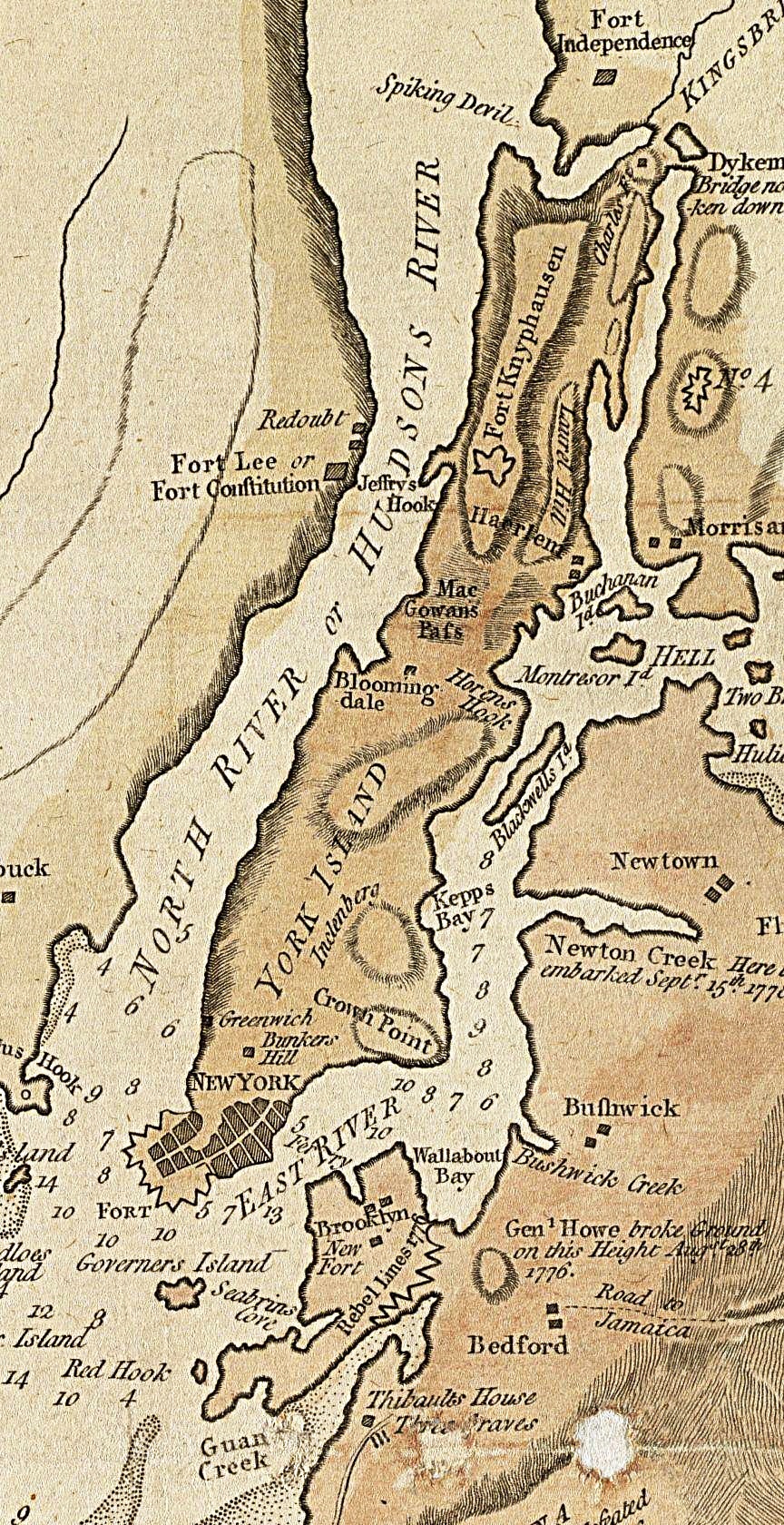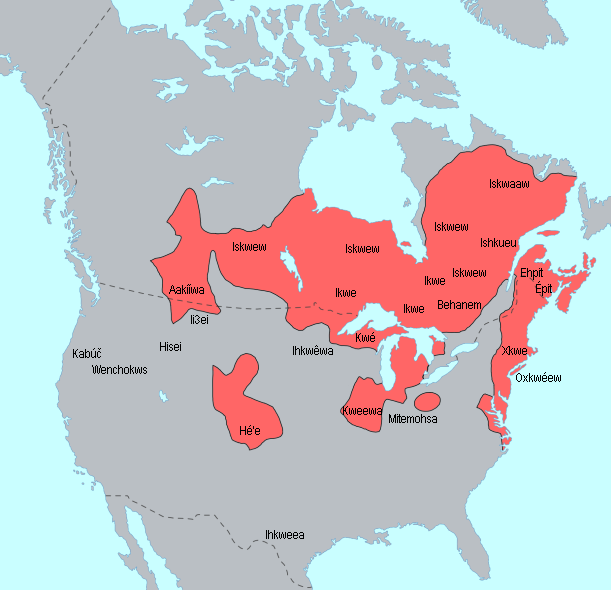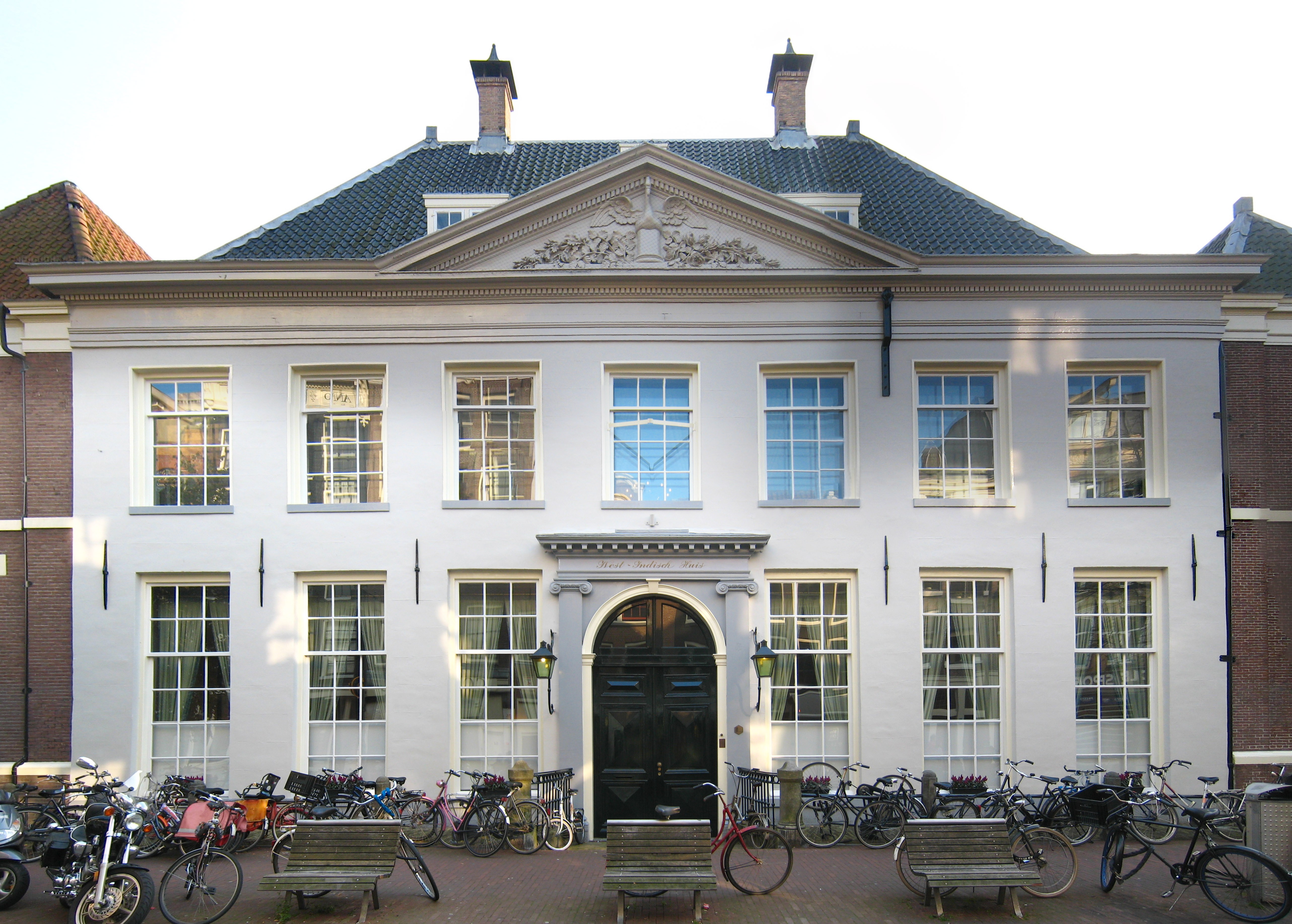|
Pavonia, New Netherland
Pavonia was the first European settlement on the west bank of the North River (Hudson River) that was part of the seventeenth-century province of New Netherland in what would become the present Hudson County, New Jersey. Hudson and the Hackensack The first European to record exploration of the area was Robert Juet, first mate of Henry Hudson, an English sea captain commissioned by the Dutch East India Company. Their ship, the ''Halve Maen'' (''Half Moon''), ventured in the Kill van Kull and Newark Bay and anchored at Weehawken Cove during 1609, while exploring the Upper New York Bay and the Hudson Valley. By 1617 a '' factorij'', or trading post, was established at Communipaw. Initially, these posts were set up for fur trade with the indigenous population. At that time the area was inhabited by bands of Algonquian language speaking peoples, known collectively as Lenni Lenape and later called the Delawares. Early maps show it to be the territory of the Sangicans. Later, the ... [...More Info...] [...Related Items...] OR: [Wikipedia] [Google] [Baidu] |
North River (Hudson River)
North River () is an alternative name for the southernmost portion of the Hudson River in the vicinity of New York City and Gateway Region, northeastern New Jersey in the United States. History Name In the early 17th century, the entire watercourse was named the North River (Dutch: Noort Rivier") by the Dutch colonial empire; by the early 18th century, the term fell out of general use for most of the river's 300+ mile course. The name remains in limited use among local mariners and others and on some nautical charts and maps. The term is also used to describe infrastructure on and under the river, including the North River piers, North River Tunnels, and Riverbank State Park. The origin of the name North River is generally attributed to the Dutch. In describing the major rivers in the New Netherland colony, they called the present-day Hudson River the "North River", the present-day Connecticut River the "Fresh River", and the Delaware River the "South River". Another theory ... [...More Info...] [...Related Items...] OR: [Wikipedia] [Google] [Baidu] |
Algonquian Languages
The Algonquian languages ( ; also Algonkian) are a family of Indigenous languages of the Americas and most of the languages in the Algic language family are included in the group. The name of the Algonquian language family is distinguished from the orthographically similar Algonquin dialect of the Indigenous Ojibwe language (Chippewa), which is a senior member of the Algonquian language family. The term ''Algonquin'' has been suggested to derive from the Maliseet word (), meaning 'they are our relatives/allies'. Speakers of Algonquian languages stretch from the east coast of North America to the Rocky Mountains. The proto-language from which all of the languages of the family descend, Proto-Algonquian, was spoken around 2,500 to 3,000 years ago. There is no scholarly consensus about where this language was spoken. Family division This subfamily of around 30 languages is divided into three groups according to geography: Plains, Central, and Eastern Algonquian. Of t ... [...More Info...] [...Related Items...] OR: [Wikipedia] [Google] [Baidu] |
Dutch West India Company
The Dutch West India Company () was a Dutch chartered company that was founded in 1621 and went defunct in 1792. Among its founders were Reynier Pauw, Willem Usselincx (1567–1647), and Jessé de Forest (1576–1624). On 3 June 1621, it was granted a :wikisource:Charter of the Dutch West India Company, charter for a trade monopoly in the Dutch West Indies by the Republic of the Seven United Netherlands and given jurisdiction over Dutch participation in the Atlantic slave trade, Brazil, the Caribbean, and North America. The area where the company could operate consisted of West Africa (between the Tropic of Cancer and the Cape of Good Hope) and the Americas, which included the Pacific Ocean and ended east of the Maluku Islands, according to the Treaty of Tordesillas. The intended purpose of the charter was to eliminate competition, particularly Spanish or Portuguese, between the various trading posts established by the merchants. The company became instrumental in the largely eph ... [...More Info...] [...Related Items...] OR: [Wikipedia] [Google] [Baidu] |
Charter Of Freedoms And Exemptions
The Charter of Freedoms and Exemptions,Van Rensselaer Bowier Manuscripts pp. 137 sometimes referred to as the Charter of Privileges and Exemptions,New Netherland Chamber of Commerce in America pp. 26 is a document written by the in an effort to settle its of |
Manhattan
Manhattan ( ) is the most densely populated and geographically smallest of the Boroughs of New York City, five boroughs of New York City. Coextensive with New York County, Manhattan is the County statistics of the United States#Smallest, largest, and average area per state and territory, smallest county by area in the U.S. state of New York (state), New York. Located almost entirely on Manhattan Island near the southern tip of the state, Manhattan constitutes the center of the Northeast megalopolis and the urban core of the New York metropolitan area. Manhattan serves as New York City's Economy of New York City, economic and Government of New York City, administrative center and has been described as the cultural, financial, Media in New York City, media, and show business, entertainment capital of the world. Present-day Manhattan was originally part of Lenape territory. European settlement began with the establishment of a trading post by Dutch colonization of the Americas, D ... [...More Info...] [...Related Items...] OR: [Wikipedia] [Google] [Baidu] |
Fort Amsterdam
Fort Amsterdam, (later, Fort George among other names) was a fortification on the southern tip of Manhattan Island at the confluence of the Hudson River, Hudson and East River, East rivers in what is now New York City. The fort and the island were the center of trade and the administrative headquarters for the Dutch rule of the colony of New Netherland and thereafter British rule of the Province of New York. The fort was the nucleus of the settlement on the island which was at first named New Amsterdam and is central to History of New York City, New York's early history. Before the fort was constructed, it was the scene where the purchase of Manhattan Island occurred. In its subsequent history, the fort was known under various names such as ''Fort James'', ''Fort Willem Hendrick'' and its anglicized ''Fort William Henry'', ''Fort Anne'', and ''Fort George''. The fort changed hands eight times in various battles, the first episode involving Dutch governor Peter Stuyvesant, who s ... [...More Info...] [...Related Items...] OR: [Wikipedia] [Google] [Baidu] |
Hudson Valley Map Detail Nova Belgica Et Anglia Nova C1634
Hudson may refer to: People * Hudson (given name) * Hudson (surname) * Hudson (footballer, born 1986), Hudson Fernando Tobias de Carvalho, Brazilian football right-back * Hudson (footballer, born 1988), Hudson Rodrigues dos Santos, Brazilian football defensive midfielder * Hudson (footballer, born 1996), Hudson Felipe Gonçalves, Brazilian football midfielder * Hudson (footballer, born 2001), Hudson Alexandre Batista da Silva, Brazilian football defensive midfielder Places Argentina * Hudson, Buenos Aires Province, a town in Berazategui Partido Australia * Hudson, Queensland, a locality in the Cassowardy Coast Region Canada * Hudson, Ontario * Hudson, Quebec * Hudson, Edmonton, Alberta United States * Hudson, Colorado, a town in Weld County * Hudson, Florida, a census-designated place in Pasco County * Hudson, Illinois, a town in McLean County * Hudson, Indiana, a town in Steuben County * Hudson, Iowa, a town in Black Hawk County * Hudson, Kansas, a town in Sta ... [...More Info...] [...Related Items...] OR: [Wikipedia] [Google] [Baidu] |
Canarsee
The Canarsee (also Canarse and Canarsie) were a band of Munsee-speaking Lenape who inhabited the westernmost end of Long Island at the time the Dutch colonized New Amsterdam in the 1620s and 1630s. They are credited with selling the island of Manhattan to the Dutch, even though they only occupied its lower reaches, with the balance the seasonal hunting grounds of the Wecquaesgeek of the Wappinger people to the north."The $24 Swindle" Nathaniel Benchley, ''American Heritage'', 1959, Vol 11, Issue 1 The Canarsee were among the peoples who were conflated with other Long Island bands into a group called the , an aggregation which failed to recognize their linguistic differences and varying tribal affinities. Name ...
|
Raritan (Native Americans)
The Raritan were two groups of Lenape people who lived around the lower Raritan RiverIves Goddard, "Delaware," p. 213. and the Raritan Bay, in what is now northeastern New Jersey, in the 16th century. Name The name ''Raritan'' likely came from one of the Delaware languages, Lenape languages (among the languages in the Algonquian languages, Algonquian language group), though there are a variety of interpretations as to its meaning. It may derive from ''Naraticong'' meaning "river beyond the island." ''Raritan'' is a Dutch pronunciation of ''wawitan'' or ''rarachons'', meaning "forked river" or "stream overflows". The first group known as the Raritan was also known as the Sanhicans. A second group, known as the Wiechquaeskecks, Wisquaskecks, Roaton, Raritanghe,David de Vries's Notes''Narratives of New Netherland'' p. 208. and Raritanoos settled the Raritan watershed area after the first departed. History 17th century The original Raritans, the Sanhicans, lived along Rari ... [...More Info...] [...Related Items...] OR: [Wikipedia] [Google] [Baidu] |
Wappinger
The Wappinger ( ) were an Eastern Algonquian Munsee-speaking Native American people from what is now southern New York and western Connecticut. At the time of first contact in the 17th century they were primarily based in what is now Dutchess County, New York, but their territory included the east bank of the Hudson in what became both Putnam and Westchester counties south to the western Bronx and northern Manhattan Island. To the east they reached to the Connecticut River Valley, and to the north the Roeliff Jansen Kill in southernmost Columbia County, New York, marked the end of their territory. Their nearest allies were the Mohican to the north, the Montaukett to the southeast on Long Island, and the remaining New England tribes to the east. Like the Lenape, the Wappinger were highly decentralized as a people. They formed numerous loosely associated bands that had established geographic territories. The Wequaesgeek, a Wappinger people living along the lower ... [...More Info...] [...Related Items...] OR: [Wikipedia] [Google] [Baidu] |
Tappan (Native Americans)
The Tappan were a Lenape people who inhabited the region radiating from Hudson Palisades and New York – New Jersey Highlands at the time of European colonialization in the 17th century. Etymology The exonym ''Tappan'' is likely a derivation of a word or phrase from the Algonquian language Lenape as used by settlers to New Netherland, who spelled it as Tappaen. It is not certain what the Tappan called themselves, but there are a variety of interpretations for the word. One suggestion is that it possibly comes from ''tuphanne'' meaning ''cold water''. Vriessendael, one of the first "bouweries", or homesteads, built in the territory was sometimes called Tappan. The Tappan are recalled throughout their former territory: Lake Tappan is a reservoir on the Hackensack River; the Tappan Zee, widening of the Hudson River and the bridge crossing it; Old Tappan in Bergen County; Tappan in Rockland County. History The Tappan migrated seasonally and engaged in companion planting, huntin ... [...More Info...] [...Related Items...] OR: [Wikipedia] [Google] [Baidu] |
Hackensack (Native Americans)
Hackensack was the exonym given by the Dutch colonists to a band of the Lenape, or ''Lenni-Lenape'' ("original men"), a Native American tribe. The name is a Dutch derivation of the Lenape word for what is now the region of northeastern New Jersey along the Hudson and Hackensack rivers. While the Lenape people occupied much of the mid-Atlantic area, Europeans referred to small groups of native people by the names associated with the places where they lived. Territory and society The territory of the Hackensack was variously called Ack-kinkas-hacky, Achkinhenhcky, Achinigeu-hach, Ackingsah-sack, among other spellings (translated as "place of stony ground" or "mouth of a river") and included the areas around the Upper New York Bay, Newark Bay, Bergen Neck, the Meadowlands, and the Palisades. A phratry of the Lenape, the Hackensack spoke the Unami dialect, one of the two major dialects of the Lenape, or Delaware, languages, which were part of the Algonquian language family ... [...More Info...] [...Related Items...] OR: [Wikipedia] [Google] [Baidu] |








